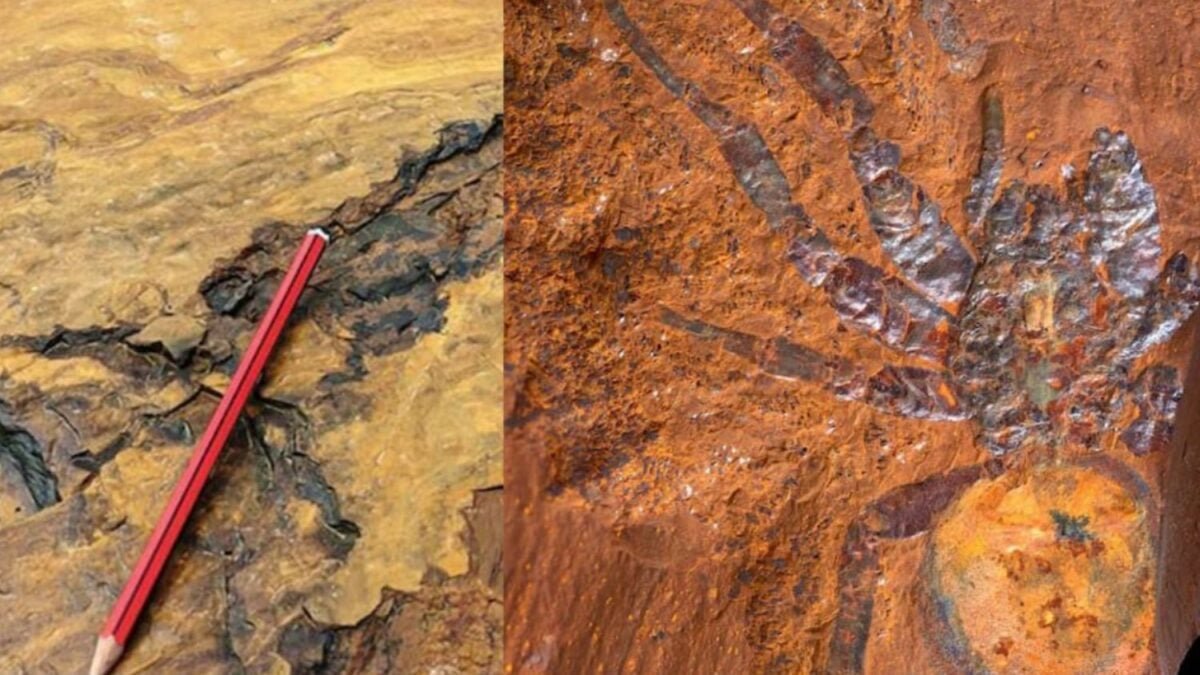The Red Rocks of Australia Concealing Invisible Fossils from the Human Eye

An Australian Rock Type Preserving Fossils
A unique fossil record is preserved in the reddish plateaus of ferricretas in Australia, dating back to the Miocene period, around 11 to 16 million years ago. These iron oxide-tinted formations hold biological remains with remarkable precision.
McGraths Flat: a Rule-Breaking Fossil Site
McGraths Flat, situated in central-eastern Australia, was once an ancient lake surrounded by rainforests. Over time, dissolved iron from basalts accumulated in the area, forming laminated goethite deposits. This iron mineralization acted as a natural nanoscale mold, preserving detailed structures of various organisms.
Fossils at a Nanoscale: An Unexpected Record of Life
Samples from McGraths Flat reveal intricate details such as pigmented eye and skin cells in fish, cyanobacteria, pollen ornamentations, leaf stomatal cells, and preserved insect structures. These fossils consist solely of nanophase goethite, indicating a unique preservation process that could revolutionize the study of terrestrial life.
The discovery at McGraths Flat presents a new avenue for paleontologists and geologists, shedding light on previously overlooked environments that hold significant biological traces. Iron-rich environments like ferricretas offer a promising opportunity for uncovering ancient life forms with unparalleled detail.
Source: [insert source here]






